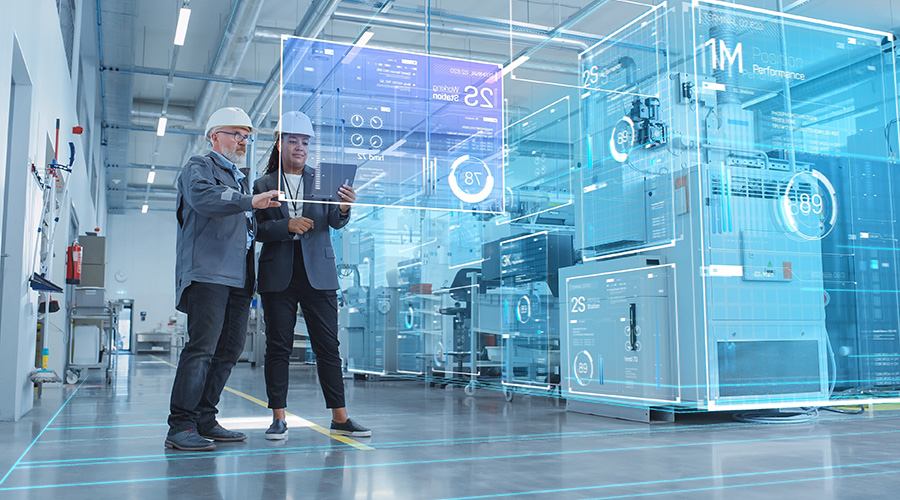How to Maximize Maintenance Software
By understanding the capabilities of computerized maintenance management software (CMMS), managers can ensure effective, long-term performance.
Computerized maintenance management systems (CMMS) give companies, schools, hospitals, government installations and other entities an automated process for scheduling inspections and planned maintenance activities. For large and small installations, the software ensures that equipment runs efficiently and systems operating at optimum levels, and it can reduce utility expenses while extending the performance life of the equipment.
A CMMS, also known as enterprise asset management (EAM) software, helps maintenance and engineering managers comply with industry guidelines and provides a great return on investment (ROI). To get the most out of a CMMS or EAM, managers need to understand its full range of capabilities, and they need to consider the role commissioning can play in ensuring proper implementation and effective use.
Spotlight on benefits
CMMS on the market today generally provide the following items in their software packages:
Purchasing. This feature allows for automated purchase orders with direct links to vendors. When the software is set up, the manager and users can determine the way the purchase approval process will happen. Shipping and receiving can be linked to inventory, which then can be linked to an aisle- and-bin system, enabling system administrators to effectively maintain inventory levels and more easily audit overstock.
Reports. Among the many potential forms of feedback offered by a CMMS are reports on assets, failures, inventory, predictive maintenance and purchase orders. Reports serve many purposes, but arguably the greatest advantage of this feature is the ability to determine the true cost of the asset, including the cost to maintain individual pieces of equipment, costs to operate, and costs of related purchases, such as filters. The reporting part of the CMMS program is almost limitless.
Service requests. Built into the CMMS or EAM software is the ability to automatically submit service requests as such need arises. The user can assign the service request to a specific department or individual, and the CMMS generates a work order to begin the repair process.
Work orders. The CMMS allows a user to select the technician responsible for completing the work order. The user also can enter information such as the date the work is to be executed and the expected number of hours for project completion.
Preventive maintenance. Ideally, service requests are kept to a minimum, but by performing preventive maintenance (PM) scheduling via the CMMS, the user can schedule recurring PM according to the manufacturer’s recommendations. The user can manage monthly, weekly and even daily maintenance via the CMMS. The software can even enable scheduling based on meter readings, such as mechanical run time.
These combined CMMS functions enable managers and technicians to effectively protect facility assets by ensuring proper ordering, maintenance and servicing of all equipment.
The power of data
How do CMMS features combine to benefit managers, departments and organizations? The answer is simple – knowledge is power. The more data managers have about their buildings, the more they know about their condition and efficiency and the better they can maintain them successfully in terms of energy use, operational cost and capital improvements.
A CMMS enables managers to operate buildings more efficiently. It reduces downtime and unforeseen expenses due to equipment malfunctions. A CMMS can even help increase revenue by ensuring that occupied spaces are safe, properly controlled and operate at optimum levels, providing comfort for occupants.
Used effectively, a CMMS can enable managers to forecast operational budgets. Overseeing operational budgets can be a cumbersome task, usually due to unforeseen equipment failures, shutdown of occupied spaces, inaccurate inventory counts and mismanaged labor hours. These problems can lead to spending beyond the forecasted budget. A fully implemented CMMS enables the facilities department to make correct projections for PM, work orders, equipment stock and capital projects.
Managers can use data collected by CMMS to create financial projections. In other words, through regular use of the CMMS system, a manager can continually track equipment status with clear visualization of the work orders and PM required to keep it running. The CMMS creates reports based on the inputs to produce reports managers can use to build accurate yearly maintenance budgets.
Related Topics:














